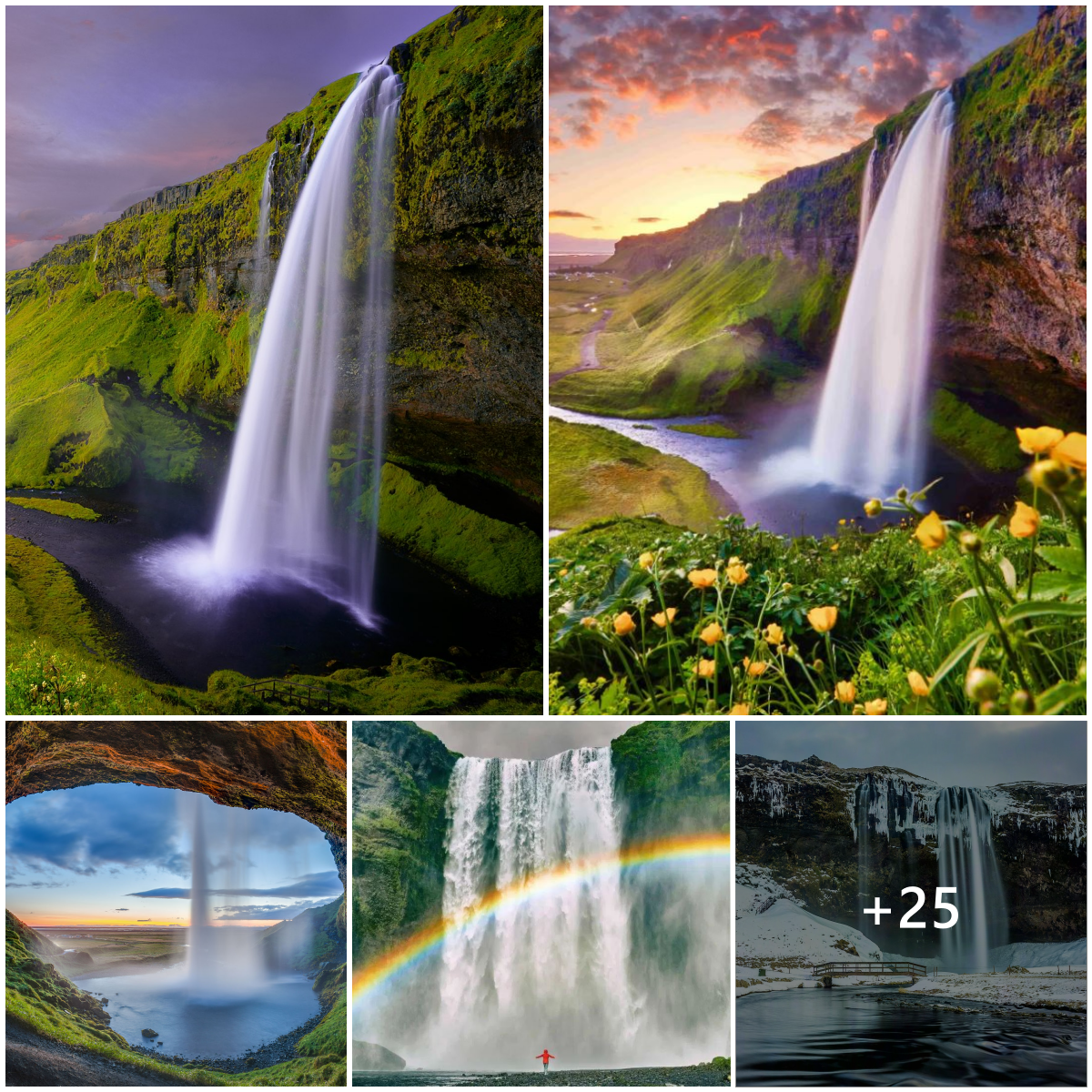Lily of the valley (Convallaria majalis) is not a true lily; it’s actually part of the asparagus family, though its foliage is reminiscent of some lilies. Medium green leaves about 5 to 10 inches long and 1 to 3 inches wide arch from the center of a clump. Petite, fragrant, white flowers rise on long stems from the leaf clumps in spring, and orange-red berries appear later in the fall if different varieties are planted for cross-pollination. Don’t let the delicate appearance of lily of the valley’s bell-shaped flowers fool you. This is a hardy ground cover that spreads gradually but persistently to form dense colonies.1
Lily of the valley can be planted by root divisions, potted nursery plants, or seeds in the fall, though spring planting is also acceptable. It is considered invasive in much of the Midwest and Northeast, where planting it may be strongly discouraged or even outlawed. Be aware that lily of the valley is toxic to humans, as well as to dogs, cats, and horses.2 It contains glycosides and saponins that can cause cardiac symptoms as well as digestive upset if large quantities are eaten. Consumption of the berries by children is the most common cause of poisoning, and fatalities are possible.
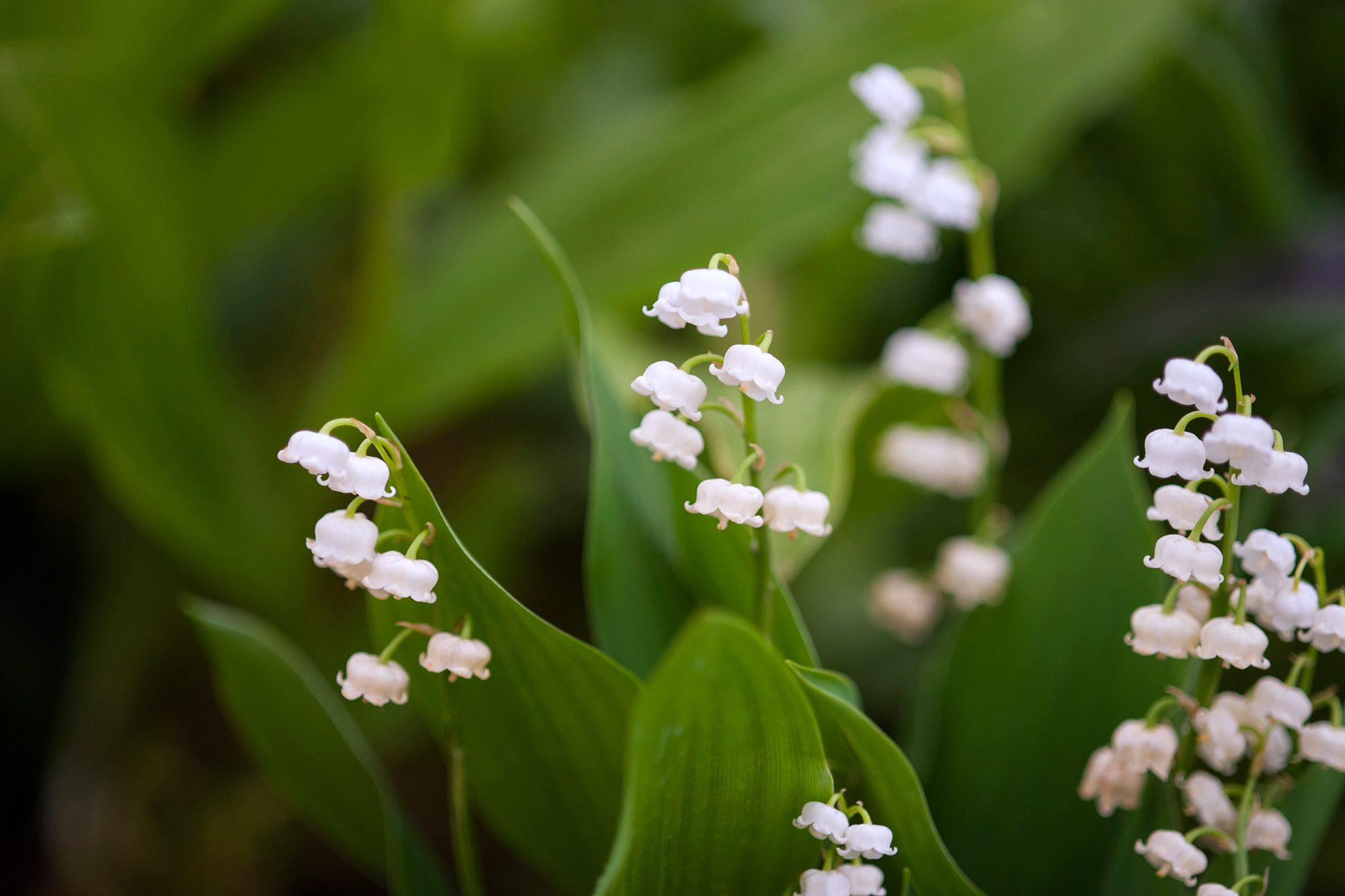
Common NamesLily of the valley (Lily-of-the-valley)
Botanical NameConvallaria majalis
FamilyAsparagaceae
Plant TypeHerbaceous, perennial
Mature Size6–12 in. tall, 9–12 in. wide
Sun ExposurePartial, shade
Soil TypeWell-drained
Soil pHAcidic, neutral
Bloom TimeSpring
Flower ColorWhite
Hardiness Zones3–8 (USDA)
Native AreaEurope
ToxicityToxic to people, toxic to pets 2
Lily of the valley will grow vigorously in almost any spot with some shade. In fact, gardeners commonly use it under trees where many other plants won’t grow due to the shade. Plant the rhizomes about 6 inches apart with the growth buds buried about 1/2 inch deep.
This plant needs little attention to thrive once it’s established. It is a long-lived plant that doesn’t have any serious issues with pests or diseases. Plan to water during dry spells. Also, if flowering has decreased on older plants, it’s beneficial to dig them up and divide them to refresh their growth.
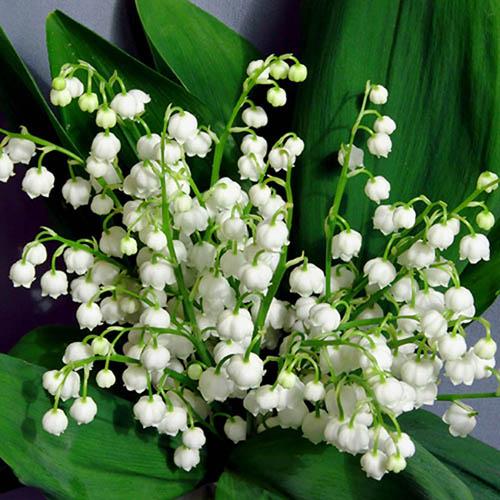
Lily of the valley reproduces by spreading rhizomes and you must carefully supervise it so it doesn’t escape its boundaries. Lily of the valley can quickly spread and overtake a large area and may end up choking out other plants in its vicinity. The European native is considered an invasive plant in many parts of the Midwest and Northeast, and in some places is even designated a noxious weed.
Plant lily of the valley in partial sun to full shade. Direct morning sun is all right, but the plant needs protection from the harsh afternoon sun. And if you live in a warmer part of its growing zones, full shade is best.
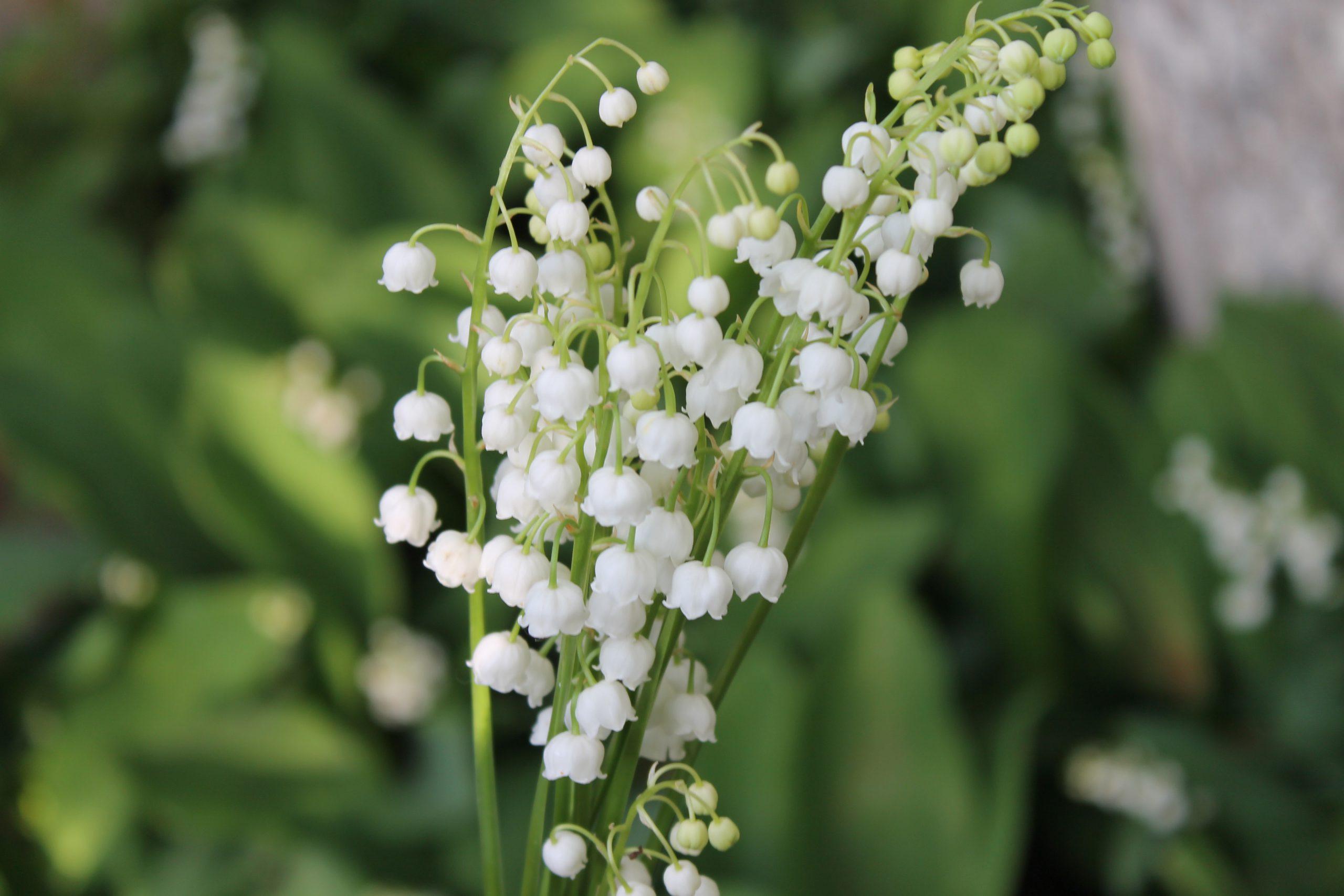
Lily of the valley prefers organically rich soil with good drainage. But it can grow in a range of soil types, including clay soil. It likes an acidic to neutral soil pH but can tolerate slightly alkaline soil, too.
This plant prefers consistently moist but not soggy soil. Water whenever the soil begins to dry out due to a lack of rainfall and/or hot weather. Soil that is too dry will impede the plant’s growth and flowering.
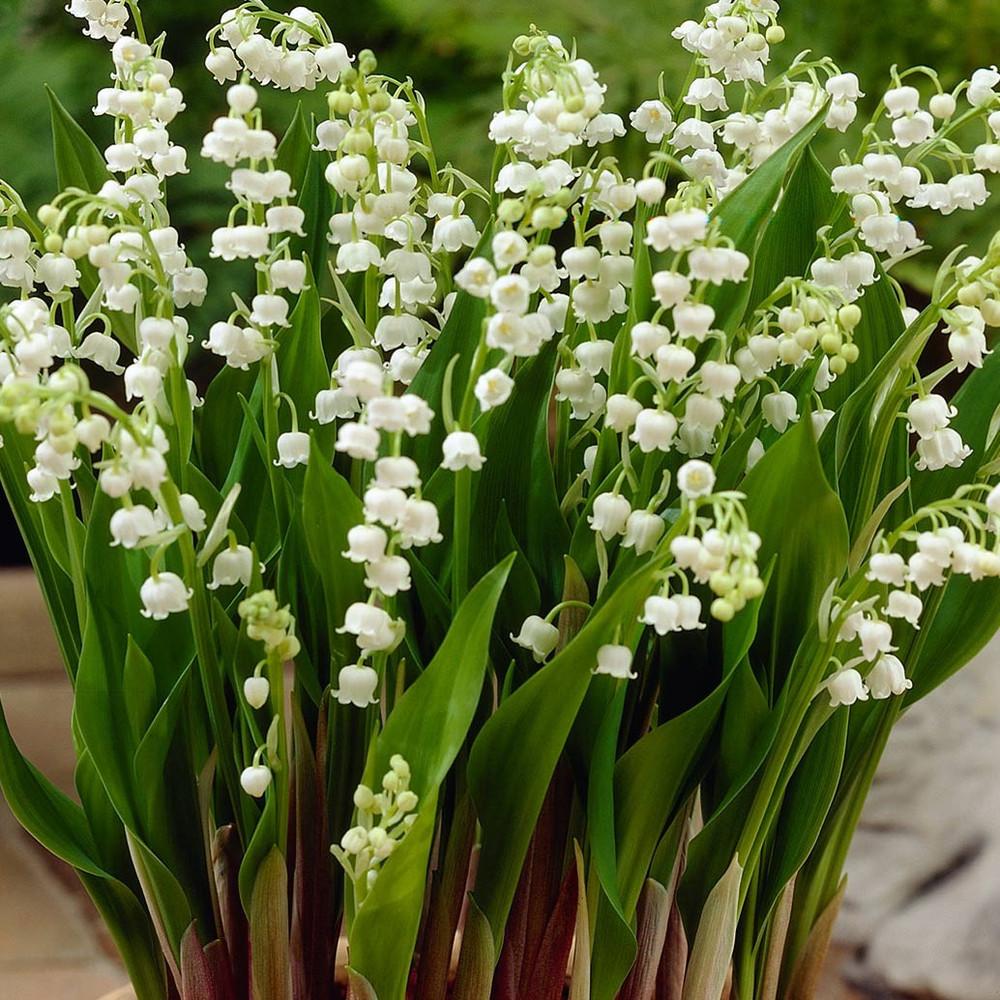
Lily of the valley prefers mild conditions with average humidity. Temperatures between 60 and 70 degrees Fahrenheit are best. The plant doesn’t do well in dry, hot climates. And even in mild climates, it might die back during the hottest summer months. This usually won’t kill the plant; it generally returns the next spring.
Lily of the valley typically doesn’t need any fertilizer unless you have poor soil. If your soil lacks nutrients, you can add a slow-release granular fertilizer in the spring. For the amount to use, follow the product label instructions.
In addition to the typical lily of the valley species found in gardens, there are several named cultivars available, including:
No pruning or deadheading is necessary with this plant. Allow the foliage to remain in place and decay, which provides a natural mulch for the plants.
Lily of the valley is very easy to propagate by dividing the roots in fall or spring. Division serves both to create new plants and rejuvenate old colonies that have become so thick that they no longer flower robustly. Here’s how to propagate through root division:
Growing from seed is not common since propagation by root division is so easy. Growing lily of the valley from seed is complicated and time-consuming, but if you want to grow an unusual named cultivar, it may be the most effective way to obtain plants. The seeds should be sown at the end of winter or early in the spring. Sow them in seed flats or small pots, covered with a layer of compost, then fine gravel. Bury the seed flat or pot into the soil in a shady location and keep moist. It can take from two months to a full year for seeds to germinate and sprout. After seedlings emerge, transplant them into individual pots and continue growing them for two more years. At this point, they can be transplanted into the garden in spring or fall.3
Perennials such as lily of the valley are not typical container plants, but with this potentially invasive species, container culture can be a good way to keep the plant within defined boundaries. Lily of the valley can easily be grown in well-draining pots filled with standard potting mix. The containers can be any material.
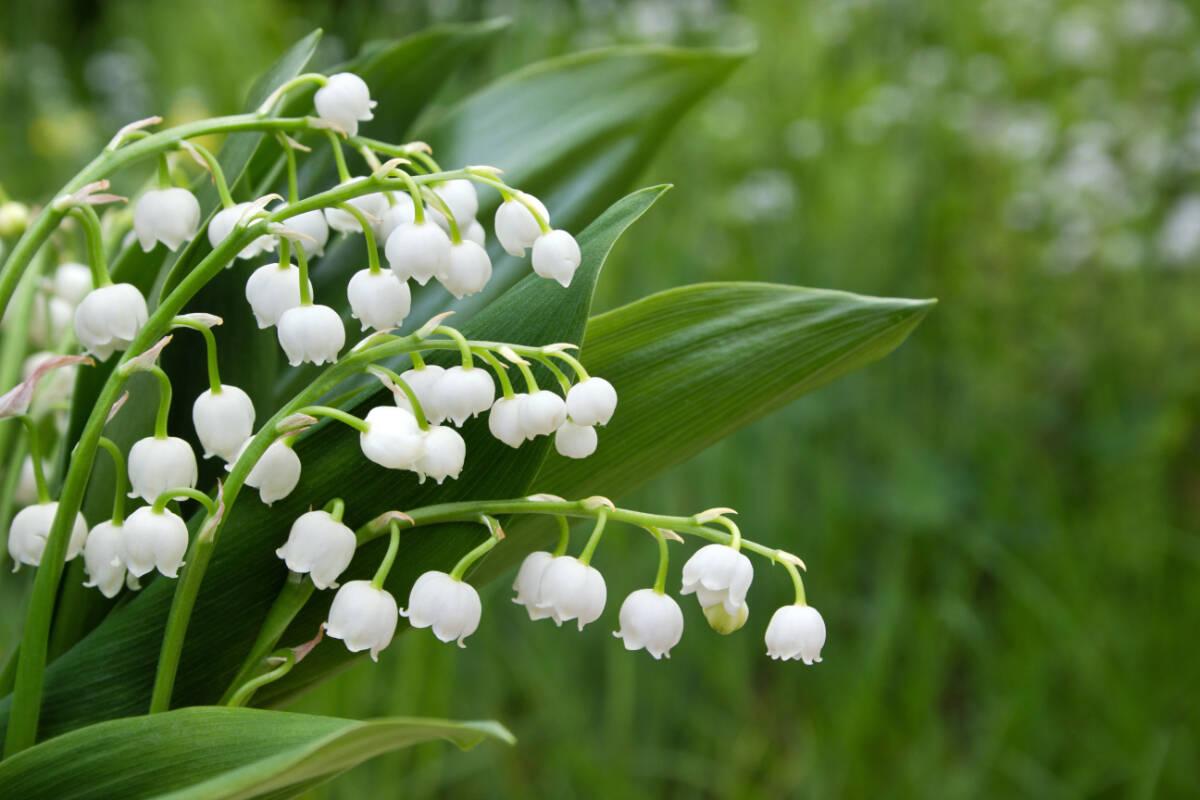
Potted plants can be moved to a sheltered location to overwinter. It is also possible to grow them as permanent houseplants, though they will need to be moved to a cool location for several weeks each year during the winter to allow for a necessary dormant period. If given this annual dormant period, the plants will bloom indoors for about four weeks each year.
Garden plants don’t require any protection against cold in the winter, but fall is a good time to top-dress with compost, which provides all the annual feeding necessary.
Pests that may affect lily of the valley include aphids and spider mites, both of which can be treated with horticultual oil—or simply ignored while waiting for natural predators to arrive and handle them. Pest issues are almost never serious.
Common diseases include stem rot, various fungal leaf spots, and anthracnose, none of which are terribly serious. Affected plant parts can be removed and destroyed (not composted, which can allow spores to be transmitted).4
This plant typically blooms for a period of about four weeks during mid spring to early summer—the exact bloom period depends on your hardiness zone. Flowers generally do not need to be coaxed, but you may find that flowering in older colonies begins to fade as the clumps become dense and overgrown. Digging up and dividing the root clumps and replanting with a decent amount of space between them will stimulate better flowering.1
This plant is best suited for regions with relatively cool summers, and foliage decline often results in hot summers—though plants usually rebound when the weather cools again. So if browning foliage occurs during midsummer, it’s likely a natural reaction to hot weather—just keep the plants well watered.
Lily of the valley can spread quite aggressively if growing in ideal circumstances. Check with local experts before planting it, and be prepared to do regular work to control the plant’s tendency to roam.


